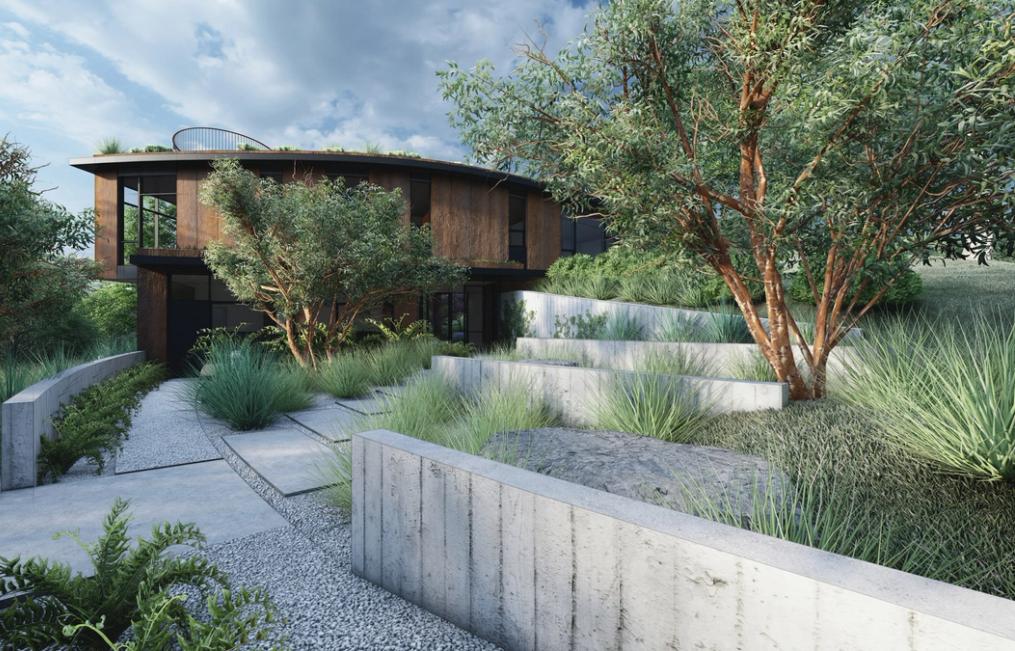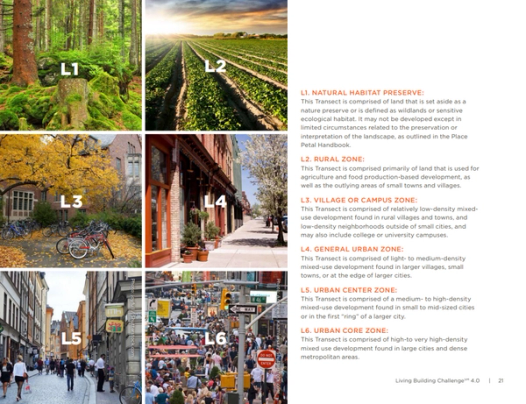
Living Building Challenge Series: Registration and Just Label
Registering Curveball as a Living Building
Happy Earth Day! This year we’re excited to add an installment to our Living Building Challenge blog series, tracking our progress with Curveball, which will aim to be our first project to achieve a Living Building Challenge certification, as well as the first residential certification at CORE level or higher in California. The Living Building Challenge is an ever-evolving certification program enacted by the International Living Future Institute, and is considered the world’s most rigorous proven performance standard for buildings. The regenerative design framework aims to create spaces that give more than they take – connecting occupants to light, air, food, nature, and community. LBC certified buildings are self-sufficient, remain within the resource limits of their site, and create a positive impact on the human and natural systems that interact with them. We hope that Curveball can serve as a case study in residential buildings that not only mitigate their environmental impact, but also are net positive and regenerative. Click here to see an interactive map of current registered and certified projects.
Our most recent milestone involved successfully registering the project with the ILFI as a living building – a process in which the institute scrutinizes the application, ensuring that the building’s design will at least reach the CORE certification standards, which even without obtaining additional “petals,” are extremely rigorous. A major hurdle in the approval of our application involved communicating the unique significance of the site and its surrounding community – the Santa Lucia Preserve. The Preserve is a land trust that includes 18,000 acres of protected land, as well as 2,000 acres of land strategically carved out for residential development. Once a parcel is purchased within the 2,000 acres of land dedicated to development, the owners commit to dividing the site into homeland and openland – meaning that a very small part of the site can contain a building footprint. The owners act as stewards of their own lots, with help from the Santa Lucia Conservancy, which is dedicated to the conservation of the other 18,000 acres and works to keep that land open for public use.
Our team had originally identified the project site as an ecological habitat (Transect L1), but with guidance from the institute, reassigned it as a Rural Zone (Transect L2). We were able to present evidence that the project site was formerly developed (ranch lands), and hence not an undisturbed site. Our documentation for the Ecology of Place Petal will include extensive research and documentation about the history of not only the Santa Lucia Preserve, but also the site itself and its significance to the local ranching community, as well as the preserve’s continued commitment to the Rumsen Ohlone tribe.
After achieving this major milestone (project registration), we are feeling confident in our ability to achieve an LBC CORE certification and have a renewed sense of motivation to pursue additional petals – most significantly the Energy petal, which would require the structure to function with net positive energy. We are also excited to pursue the Materials petal, which would ensure that the building avoids the majority of the toxic materials and practices identified on the Red List. The process involves a significant amount of advocacy, transparency, and cooperation from our industry partners to move towards a truly responsible materials economy.
Additionally, we have benefitted greatly from seeking guidance and support from our peers – we spoke with the MFLA, Piechota Architecture, and Cello Maudru Construction teams about Silver Oak Winery, a local example of a Living Building certified project. Their willingness to guide and share has helped us immensely and inspired us to document our journey and provide guidance to our peers and community in a similar fashion.

Just Label
The Living Building Challenge certification requires a member of the project team to be Just Label Certified – and we’re excited to announce that Feldman Architecture will be pursuing Just certification as well this year. The Just Label is an additional ILFI certification for businesses and corporations, acting as “a nutrition label for socially just and equitable organizations.” As a voluntary disclosure tool for organizations rather than a certification program, it’s a transparency platform for organizations to disclose their operations, including how they treat their employees and where they make financial and community investments. Our CSR Committee is currently working to investigate and self-report on our studio’s performance and policies in categories such as Diversity & Inclusion, Equity, Employee Health and Benefits, Stewardship, and Purchasing and Supply Chain. Upon completion, we’ll be able to share our scorecard publicly, identifying where we can improve, new policies we’ve enacted, and where we already excel. Stay tuned for more!
